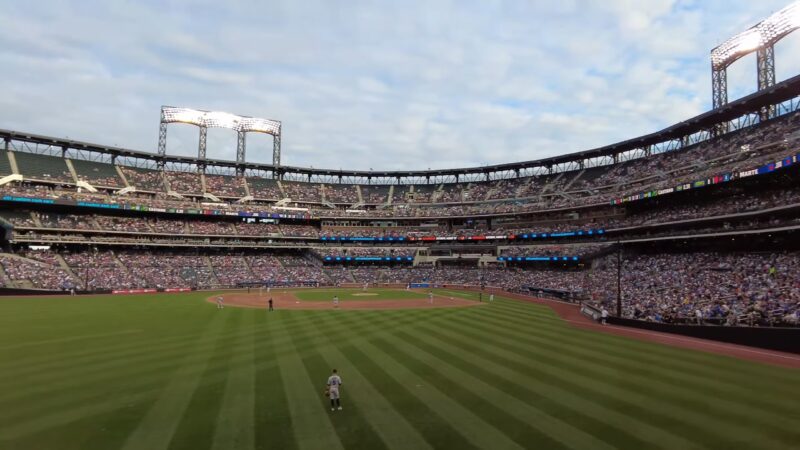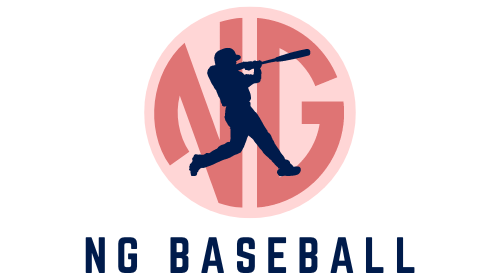The crack of the bat, the roar of the crowd, and the smell of freshly cut grass. If you’ve ever wondered why baseball seems to be everywhere, you’re not alone.
Unlike many other major sports, baseball has a unique schedule that’s packed with games. But why so many? Let’s journey through the bases and find out.
Historical Origins
To grasp the scheduling, let’s go back to baseball’s roots, which stretch back to older bat-and-ball games played in England by the mid-18th century. Immigrants brought this game to North America, where it morphed into the version we know and love today. By the late 19th century, baseball was hailed as the national sport of the United States.
Weather and travel played significant roles in shaping early baseball seasons. Imagine teams traveling by horse-drawn carriages or trains, contending with muddy fields after rain, or even postponing games due to unexpected weather conditions.
1. Economic Factors

Baseball isn’t just a sport; it’s big business. The sheer number of games means more ticket sales, more TV contracts, and more advertising opportunities. This abundance translates to increased revenue for teams and the league. Think about all those hot dogs, jerseys, and memorabilia sold throughout the season!
Moreover, the extended season provides job security for not just the players, but also the coaches, staff, and even the vendors at the stadiums. More games mean more opportunities for employment and a steady income for those involved in the baseball ecosystem.
2. Tradition and Fan Engagement
The 162-game season is not just a number; it’s a testament to baseball’s enduring appeal and its commitment to giving fans ample opportunities to be part of the action.
Tradition runs deep in baseball. From the seventh-inning stretch to the singing of “Take Me Out to the Ball Game,” these rituals have become an integral part of the baseball experience. The abundance of games ensures that fans remain engaged throughout the season. Think about it: with so many games, there’s always another chance to catch a match, cheer for your team, or witness a memorable play.
3. Competitive Balance

One of the beauties of baseball’s extensive schedule is how it allows for a more accurate assessment of a team’s skills. With so many games, teams have ample opportunities to prove their mettle, ensuring that a few bad days (or even a bad week) won’t necessarily doom a season. This reduces the impact of luck on overall standings, making the league more competitive.
The wild card and playoff structures further enhance this balance. Teams that might have missed out on the top spot still have a shot at glory, ensuring that the excitement lasts right up to the final game.
4. Development and Player Progression

The long season is a boon for player development. With so many games, players, especially the younger ones, get numerous chances to hone their skills, adapt to the major league environment, and showcase their talent.
Minor league baseball plays a pivotal role in this progression. It acts as a training ground, helping budding stars refine their techniques and gain experience before they hit the big league.
5. Statistical Significance
Baseball is a game deeply rooted in statistics. From batting averages to earned run averages, the sport thrives on numbers. The sheer volume of games means a treasure trove of data for analysis. This abundance allows for more accurate evaluations of player performance, team dynamics, and strategic decisions.
Large sample sizes are crucial in statistics, and with so many games, baseball provides just that, ensuring that performance metrics are reliable and reflective of true skill.
Challenges and Criticisms
No system is without its critics, and baseball’s long season is no exception. One of the primary concerns is player fatigue. With games almost every day, the physical and mental toll on players can be significant.
Injuries are another challenge. The more games you play, the higher the risk of wear and tear. Burnout, too, can be an issue, especially for younger players not used to the grueling schedule. Modern teams often employ specialized training regimens, nutrition plans, and recovery techniques to keep players in peak condition throughout the season.
The league and teams are continually exploring ways to address these challenges, ensuring that the game remains enjoyable for players and fans alike.
FAQ
Why do other major sports not have as many games as baseball?
Other major sports, like football or basketball, have different physical demands and traditions. For instance, football is more physically intense, making it impractical to have games daily. Additionally, the traditions and historical evolutions of each sport have shaped their respective schedules.
How do teams manage player fatigue during such a long season?
Teams employ a combination of strategies. They rotate players to give them rest, especially during non-crucial games. They also invest in physiotherapists, nutritionists, and sports psychologists to ensure players are physically and mentally fit. Regular medical check-ups and advanced recovery techniques are also part of the regimen.
Are there any discussions about shortening the baseball season?
Over the years, there have been discussions about shortening the season, especially in light of concerns about player health and the quality of play. However, the tradition, economic implications, and the structure of the league play significant roles in maintaining the current length.
How do weather delays and cancellations impact the baseball schedule?
Weather can indeed disrupt the baseball schedule. When games are postponed due to weather, they are usually rescheduled as doubleheaders or on mutual off-days later in the season. Teams and the league work collaboratively to ensure minimal disruption while keeping player safety and fan experience in mind.
Conclusion
Baseball, with its rich history and deep-rooted traditions, offers a unique blend of competition, strategy, and entertainment. Its prolific scheduling, while sometimes a topic of debate, stands as a testament to the sport’s resilience and adaptability.
As we’ve journeyed through the reasons behind its abundant games, it’s clear that baseball is more than just a sport; it’s a reflection of dedication, passion, and the enduring spirit of both players and fans. As the sun sets over the baseball diamond, one can’t help but appreciate the beauty and complexity of America’s favorite pastime.







